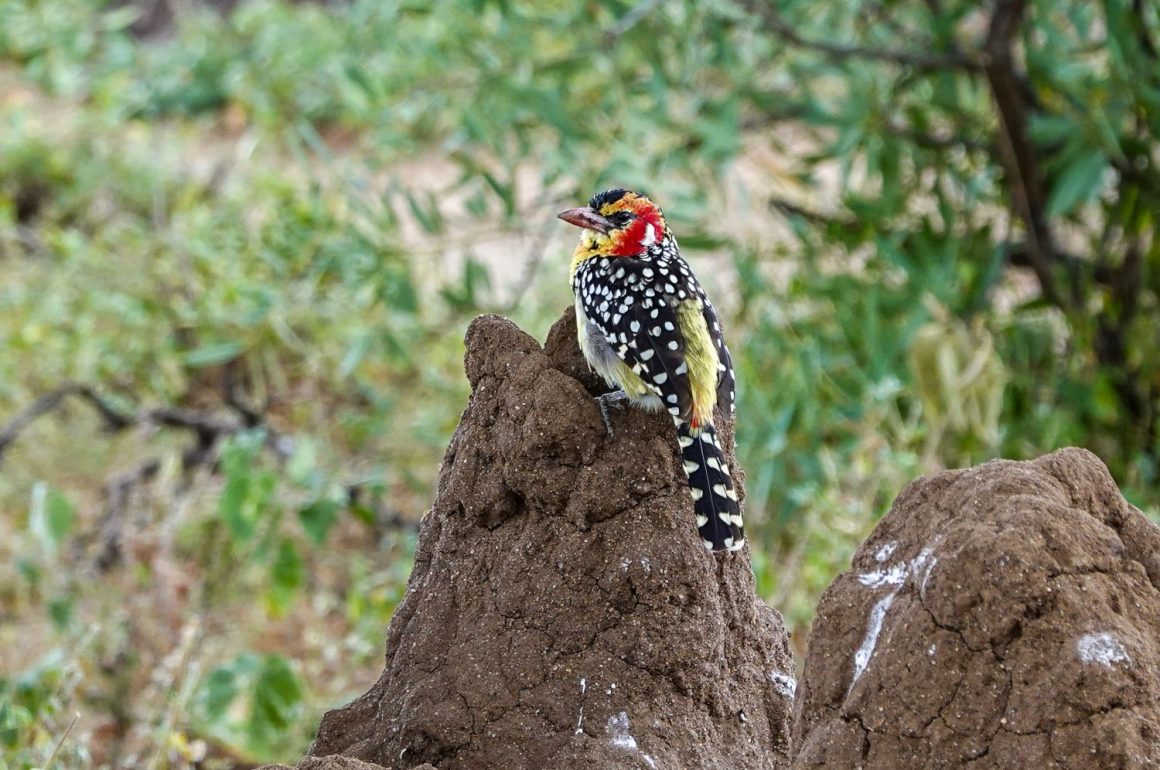
Lake Natron in Tanzania is an otherworldly place. Shimmering in the distance between desolate plains and rugged volcanoes, this lake probably offers one of the more dramatic sceneries in Tanzania (which says something, given the country’s beautiful landscapes). On a tour by bus and bicycle that took me from Botswana to Kenya, the area of Lake Natron seemed too good to skip. I was joined by a friend two weeks earlier in Dar-es-Saalam and we decided not to cycle to the lake itself (due to high rates of “municipal taxes” that need to be paid just before the lake comes into view) but instead cycled through the desolate plains and hills covered with acacia thickets from Longido to Engaruka, two small villages separated by a gravel track ranging from good to bone-breakingly rough.
A few times, Grant’s and Thompson’s gazelles where slinking away into the thickets as we cycled by. Some of them were less shy and permitted a good view. We were much more entertained however when the long necks of several giraffes popped out of the low, denser bushes as they tried to reach for the tasty morsels higher up. While I had seen these animals countless times, it was very special to see them while cycling through a distant and not formally protected area.
While I usually notice few birds while cycling due to the speed and noise, it seems that here there were unprecedented masses of birds around, as I was constantly forced to stop at some roadside bird I could not immediately identify while passing. One species that was pretty regular was the Beautiful Sunbird. Aptly named, some males of this species were truly stunning. With Murphy’s Law striking again, the only time I found an approachable male, it was a rather scruffy-looking one.
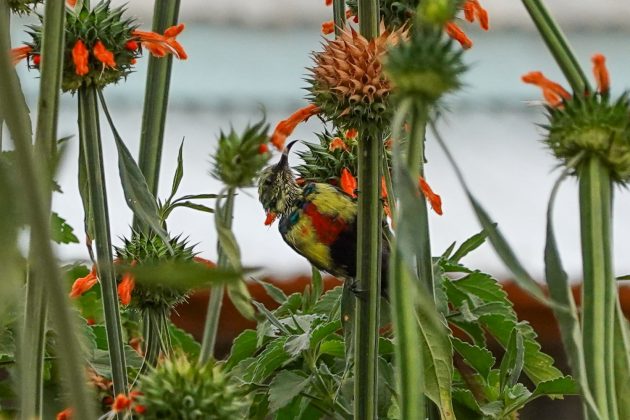
Some slight movement in the scrub next to the track alerted me to the presence of a few Black-faced Sandgrouse slinking away into the bush. Sandgrouse are among my favourite groups of birds, and this species has particularly attractive facial features. It is amazing how, despite the slow pace with which these birds move amongst the rocks and low vegetation, it is really difficult to keep track of them. I had lost them a few times until the contrasting head of the male popped out in a completely different spot from where I had last seen them.
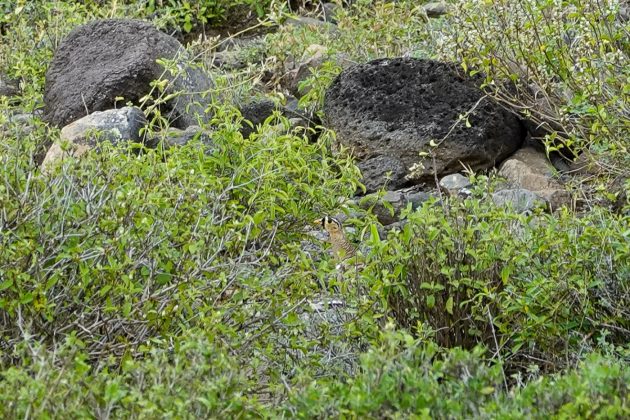
In the vicinity of Lake Natron, the Ol Doinyo Lengai, holy to the Maasai who believe it to be the abode of their god Engai, rises dramatically over the plains. The acacia scrub has now long been replaced by sparse grassland parched by the sun. This area was dominated by another suite of birds, including the adorable Straw-tailed Whydah. A particularly confiding individual visited our lunch spot while we were packing up, as if it had been waiting the whole time to take care of any remains of the rice and lentils we had cooked.
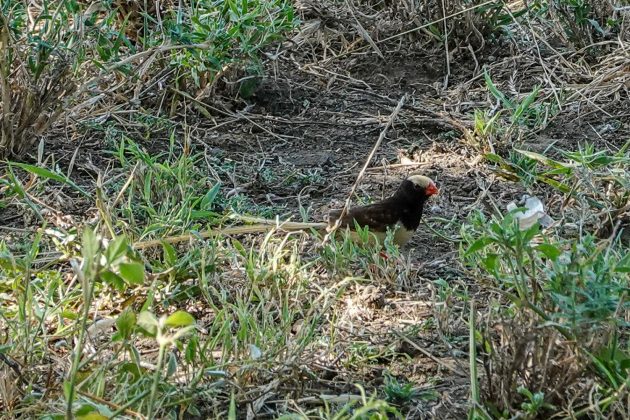
One of my favourite birds of the area were the White-throated Bee-eaters that adorned a few of the acacias. They are not as brightly coloured as other bee-eaters, but their washed out tones somehow fit into this desolate landscape. Moreover, this species had near-mythical appeal to me as it was a vagrant when I grew up in southern Africa, where birds – in the extremely rare instances when they were found in the first place – never seemed to hang around for more than a few hours, making twitching them impossible. Not that I had tried, but I picked up many a frustrating story from others who attempted it.
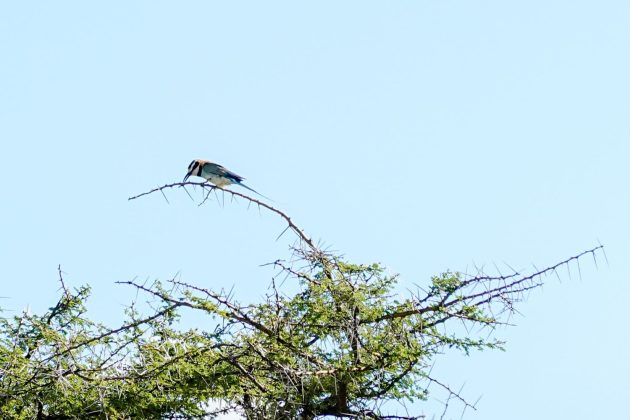
Another typical species in this area was Fischer’s Sparrow-Lark. Pairs of this birds shuffled around along the roadside and in areas with particularly bare soil. They could hide in the landscape to a degree comparable to that of the sandgrouse, but fortunately they were very tame, making their camouflage rather a something that could be observed with pleasure rather than being flustered at having lost them again, as in the sandgrouse.
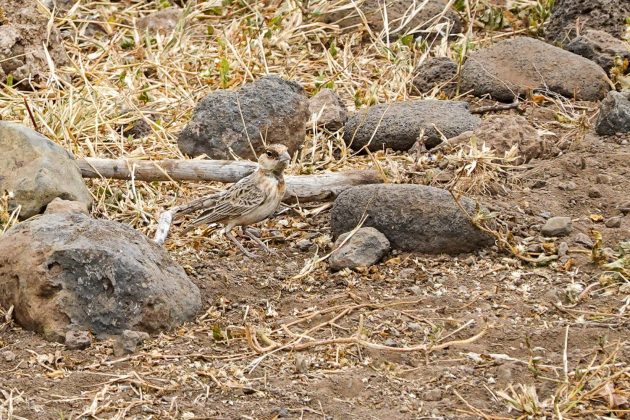
The wind was so strong in these arid and open plains that we could actually cycle uphill with the wind, without using our pedals (no exaggeration). Unfortunately, this was the opposite direction we were headed so after enjoying this phenomenon for a minute, we faced reality – and the wind! – and slowly battled onwards.
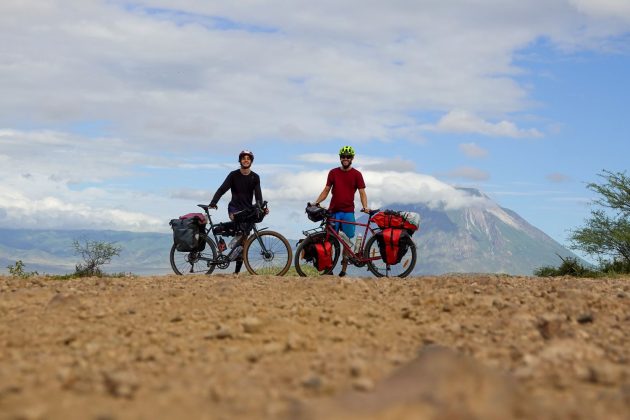
Fortunately, we reached an area of scrubby vegetation by early evening, where we could camp among the trees and enjoy the peace and lovely night skies of the African bush. The next morning, we were visited by two Kori Bustards, which were a bit skittish despite their impressive size. Not sure if that is because they are occasionally hunted or because the two of us with our gear appeared rather suspicious.
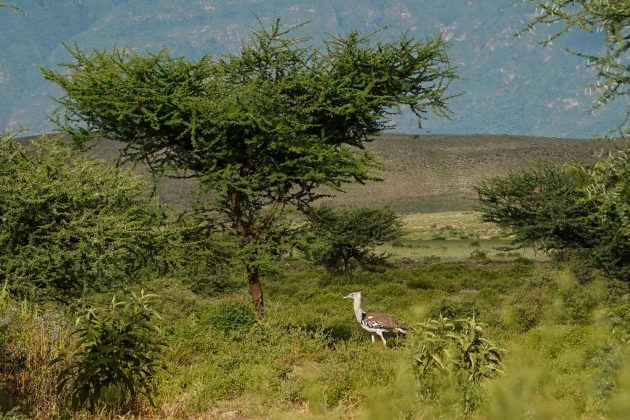
Having completed our circuit of the Lake Natron area, we slowly made our way to Kenya. Looking back, this area was the most ‘wild’ in terms of density of people and presence of infrastructure of what we encountered on this trip.


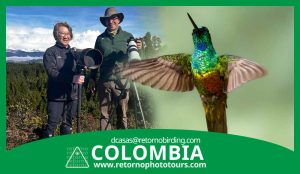


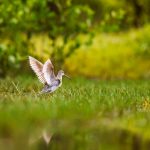
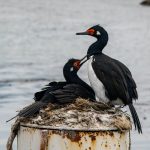
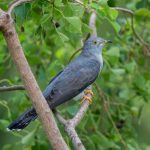
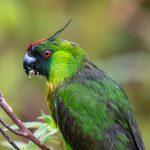

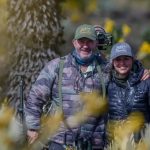
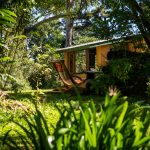
The question on everyone’s lips: how many flat tyres?
A delightful read. Reminds me of the pleasures of birding in East Africa (though I’ve never ridden a bike there!)
Nothing new to add to Peter’s and David’s comments. Birding by bike – so great!